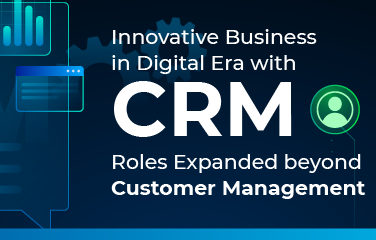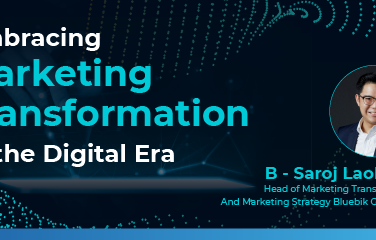
Innovative Business in Digital Era with CRM Roles Expanded beyond Customer Management
When it comes to Customer Relationship Management (CRM), most people think about an IT system used to manage relationships with customers. A CRM system is viewed as complicated because it concerns many parts of an organization. Besides, it is quite costly, difficult to be evaluated for its return on investment (ROI) and suitable only for large organizations. In fact, CRM can be used for many other purposes beyond the management of customer relationships because its application can cover business stakeholders such as potential customers, suppliers, employees and business partners. With the wider application, organizations can interact with the mentioned parties more efficiently. Therefore, CRM should be one of the strategies of an organization rather than being just an installed IT system. It should be used for the redesign of work processes to let people in an organization or stak...










